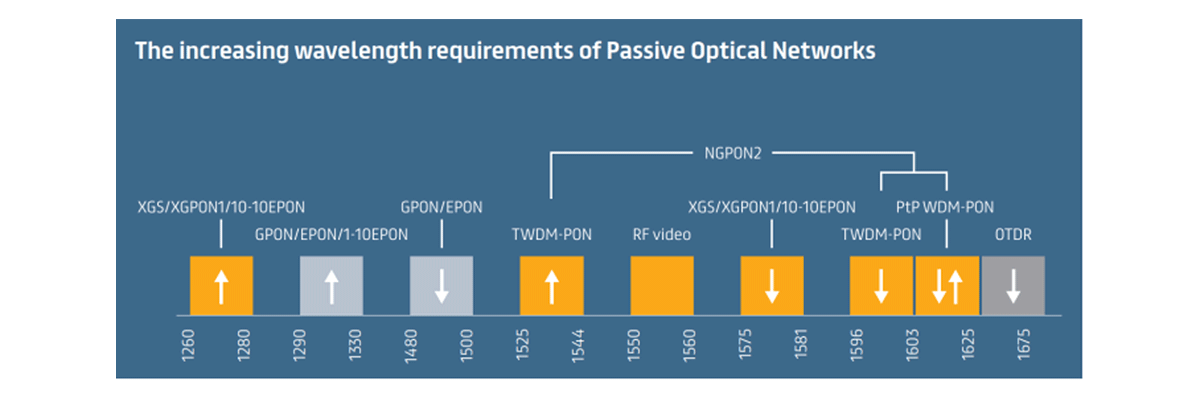The global Passive Optical Network (PON) market is set to undertake an incremental growth of $25.89 billion between 2022-2026, according to Technavio’s latest market research report. This is in large part due to the increased demand in data traffic and calls for greater bandwidth, but it can also be attributed to the birth of hybrid working following the global pandemic. When workers and families migrated to their homes for working, learning and socializing, an increased strain on operators’ fixed networks was experienced.
The focus continues to be on adopting technologies for short and long-haul optical data transmission, and fibre optic cabling supports this latest era of hyper connectivity. Communications service providers (CSPs) need to ensure that not only can they deliver this technology swiftly and reliably, but also ensure that the complete optical spectrum can be supported.






